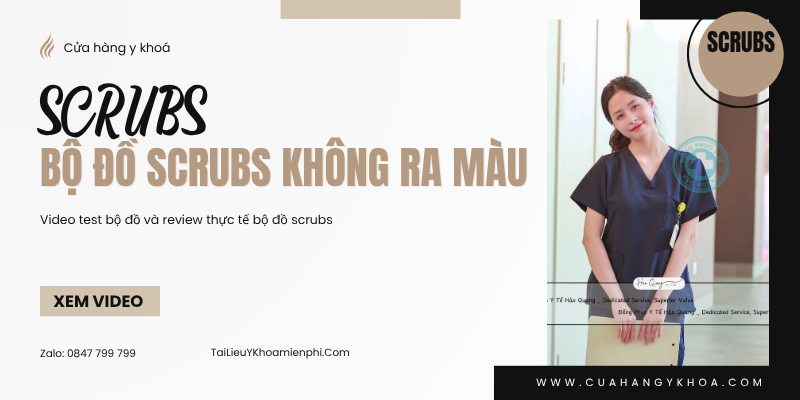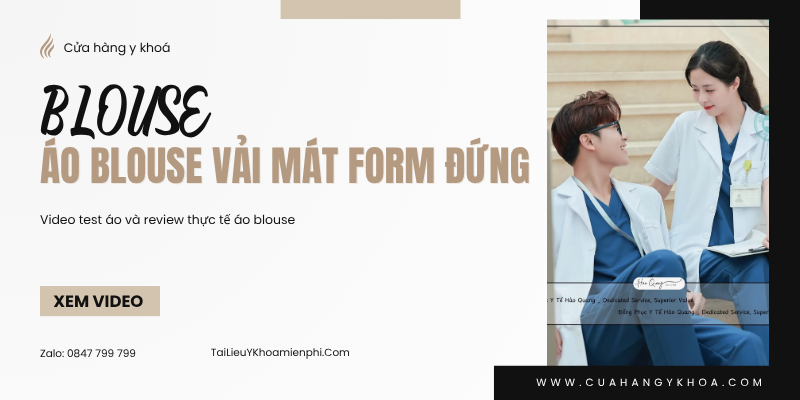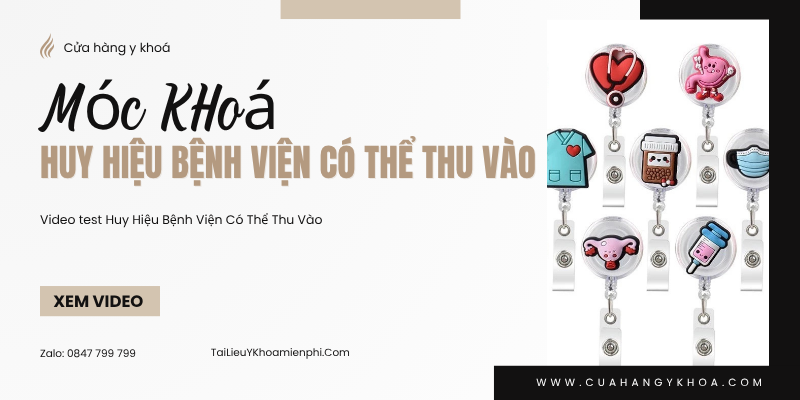Hôm nay, Trang vừa sưu tầm được một tài liệu hay về thính lực , nên chia sẻ đến các bạn để chúng ta cùng nhau tham khảo.
Mục lục HANDBOOK OF CLINICAL AUDIOLOGY


Các bạn tải tài liệu HANDBOOK OF CLINICAL AUDIOLOGY tại đây nhé DOWNLOAD
Một phần nhỏ nội dung từ sách HANDBOOK OF CLINICAL AUDIOLOGY
It is fitting that this book is dedicated to Dr. Raymond Carhart. He stated in a 1976 interview that he conceived of an audiologist “as someone who has a prime commitment to learning about hearing and its processes as well as a com- mitment to understanding and coping with its problems.” He talked about the shared responsibility of the clinician and the hearing scientists (both of whom he considered as audiologists) to learn about the hearing process and ways to help the persons with hearing impairment. The seventh edition of Handbook of Clinical Audiology book strives to do that, as have the previous editions.
Carhart has been referred to as the “Father of Audiol- ogy”-or sometimes the “Grandfather of Audiology.” Per- haps it would be most appropriate to call him the “Grand Father of Audiology.”
Although he came to the field somewhat indirectly, his contributions were enormous,
Dr. Carhart was born in Mexico City. He received his Bachelor’s degree from Dakota Wesleyan University in 1932 in speech pathology and psychology; his Master’s and Ph.D. degrees from Northwestern in 1934 and 1936, respectively, in Speech Pathology, Experimental Phonetics, and Psychol- ogy. He was an instructor in speech reeducation at North- western from 1936 to 1940 and then an assistant, and associ- ate professor in 1943 in speech science.
Although Carhart initially worked in speech science, he was asked to replace C.C. Bunch following Bunch’s untimely death in June, 1942. Carhart then began to teach Bunch’s courses in hearing and became so interested in the problems that, as he said, “I’ve been working with them ever since.”
In 1943, Carhart joined the Medical Administrative Corps, US Army, as a captain, he was assigned to DeShon Hospital in Butler, Pennsylvania as Director of the Acous- tic Clinic and as Acoustic Physicist where he was asked to develop a program for veterans who had lost their hearing during the war. In that capacity he contacted the scien- tists at the Psycho-Acoustic Laboratory (PAL) at Harvard, who, among other things, had come up with word lists that might be used in evaluating a person’s ability to understand speech. He also developed a fairly comprehensive rehabilita- tion program that involved selecting and fitting hearing aids (which were not so complex or elaborate as they are today), and teaching the soldiers and veterans how to use them.
When Carhart returned to Northwestern in 1946, he
convinced the dean to establish an academic program in
Audiology, which was the name that Dr. Norton Canfield
chose for the department at DeShon. He became the first
professor of Audiology at Northwestern.
Carhart later said (in class if not in print) that sound-
and especially speech-was comprised of many dimensions. Four of those dimensions were (1) sensitivity (how faintly can one hear); (2) clarity of sound (speech or otherwise) in quiet; (3) clarity in noise; and (4) tolerance (how loud can sound be without becoming a problem). Two of these dimensions (sensitivity and clarity), which were detailed by Carhart in a 1951 paper, became the basis of Plomp’s (1978) two-component model of hearing loss involving audibility and distortion. Carhart said there were many more dimen- sions to hearing, but those four should always be measured when fitting hearing aids and working with patients with hearing loss.
Although Carhart worked as a speech scientist, a clini- cian (in speech and in hearing), a researcher in speech and especially in hearing, his primary contribution is probably as a teacher and educator. An educator can be described as one who conveys learning in which the knowledge, skills, and habits of a group of people are transferred from one genera- tion to the next through teaching, training, or research, and that certainly describes Dr. Carhart.
In his capacity as an educator, Carhart directed some 35 dissertations, beginning in 1946 with a study by John Keys entitled “Comparative Threshold Acuity of Monaural and Binaural Hearing for Pure Tone and Speech as Exhibited by Normal and Hard of Hearing.” Although his primary inter- est was in speech and speech understanding, the disserta- tions he directed covered a range of hearing problems from difference limens, to effects of surgery and specific diseases on hearing, to auditory fatigue, loudness and many more topic areas. In addition, as an educator he taught some of the leaders in the field of audiology like James Jerger, Don- ald Dirks, Cornelius Goetzinger, Jack Willeford, and many more. Many of those went on to teach, and to educate other students in audiology programs at our most prestigious universities.
In 1949, he directed the dissertation of Miriam Pauls Hardy, who may have been the first female to graduate with a Ph.D. in audiology. Unlike some of the professors of the time, Dr. Carhart did not discriminate on the basis of gen- der. He believed that it was the mind-not the gender-that was important. He did, however, believe that one should do the work, not just talk the talk. He set an example in that one often found him in his office or laboratory in the evening and on weekends.
His early research interests at Northwestern were in con-
ductive hearing loss (the “Carhart notch,” which can be an
indicator of possible otosclerosis was named for him), includ-
ing a method of checking the accuracy of bone conduction
measurements before there was an artificial mastoid, let alone
an ANSI standard. He was interested in masking (forward,
backward, and perceptual, which we now call informational masking), and did much to enhance our understanding of the way speech is processed by the damaged ear.
Before there were computers in our clinics and most academic research laboratories, he developed a key-sort sys- tem as a way of classifying audiograms so that one could better interpret the puretone audiogram.
Finally, Carhart believed that audiology was more than a clinical field and that the clinicians who practiced it should continue to explore and research the ways in which we hear and how to improve the lives of those who do not hear normally.
Raymond Carhart died at his desk in October 1975, leaving behind a legacy to the academic discipline of audiol- ogy, the numerous leaders in the field of audiology whom he had educated, and the greater understanding of audiologic assessment and hearing aid rehabilitation for which he is known as the father-or Grand Father of Audiology..
Sách còn nhiều nội dụng hay các bạn hãy tải sách dể đọc thêm thông tin thú vị
Các bạn tải tài liệu tại đây nhé DOWNLOAD
Chào mừng bạn đến với trang tài liệu y khoa miễn phí ! Đây là nơi chia sẻ những kiến thức, kinh nghiệm và tin tức mới nhất trong lĩnh vực y khoa . Mình hy vọng rằng bạn sẽ thích trang của mình và tìm thấy những thông tin hữu ích lĩnh vực y khoa.
Để nhận thêm nhiều tài liệu cập nhập mới nhất và miễn phí về y khoa hãy follow like Fanpage:
Facebook: https://www.facebook.com/tailieuykhoa.thuvienykhoa.tonghoptailieuykhoa
Website : https://tailieuykhoamienphi.com/



